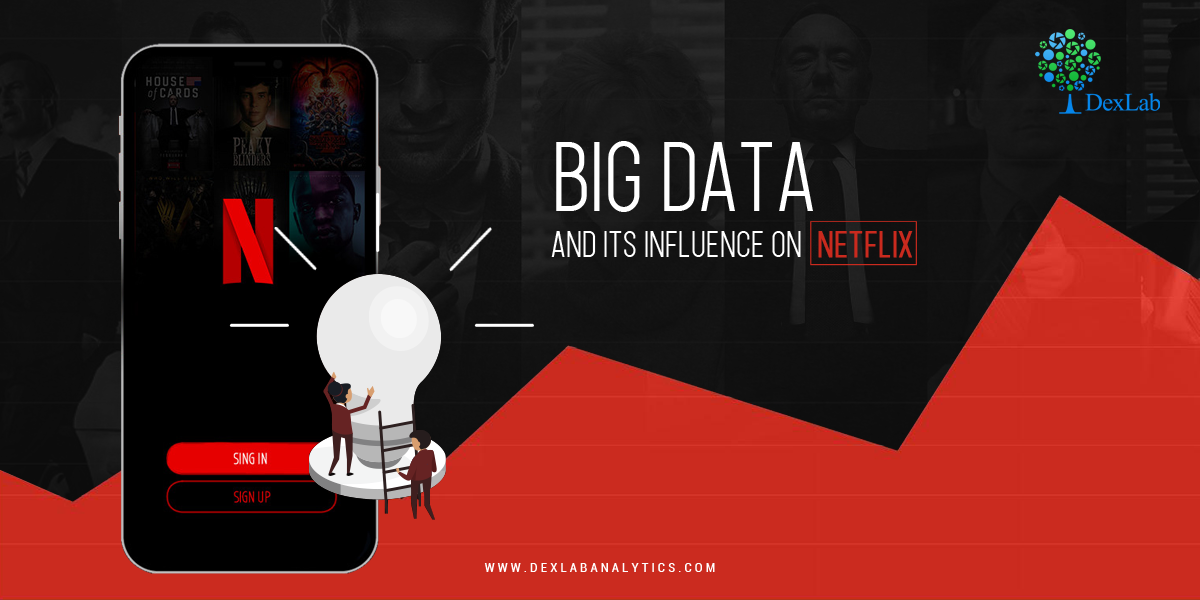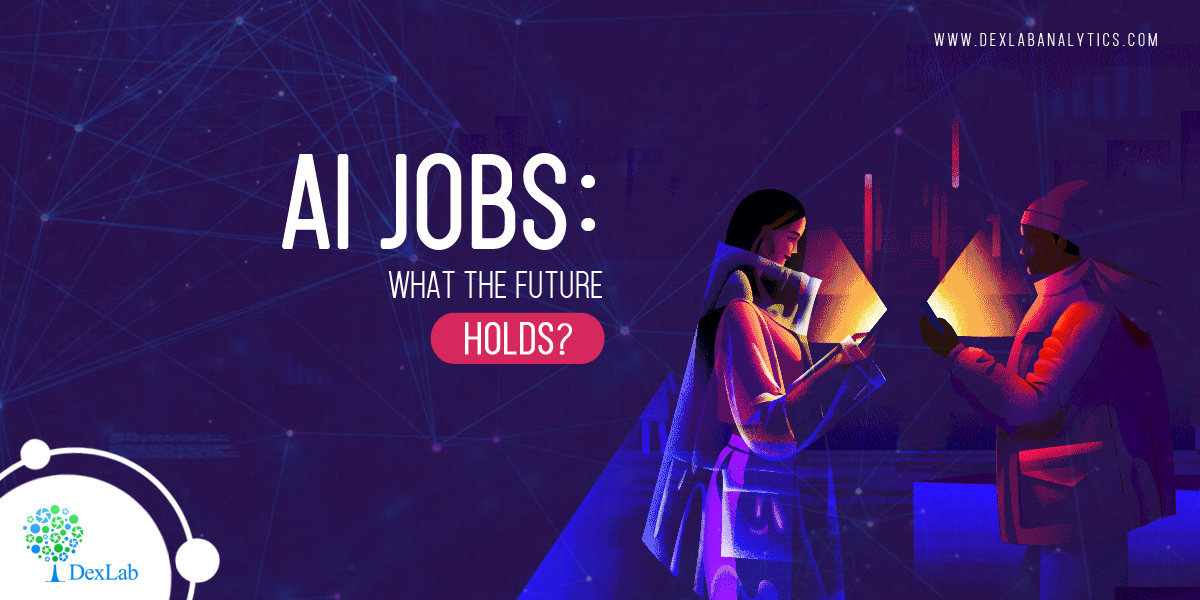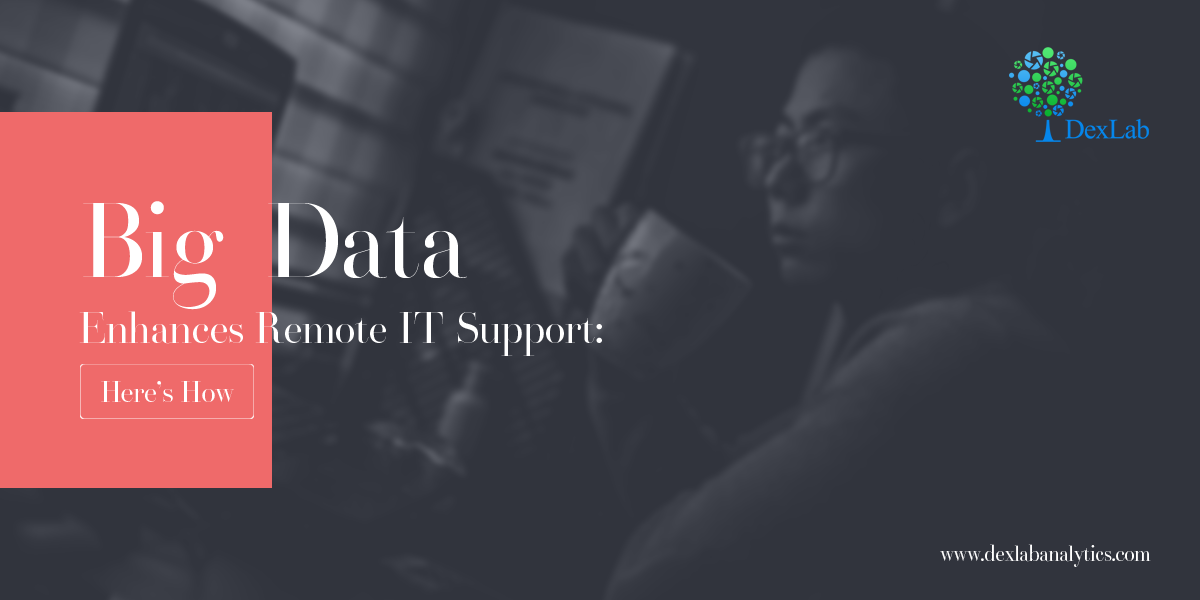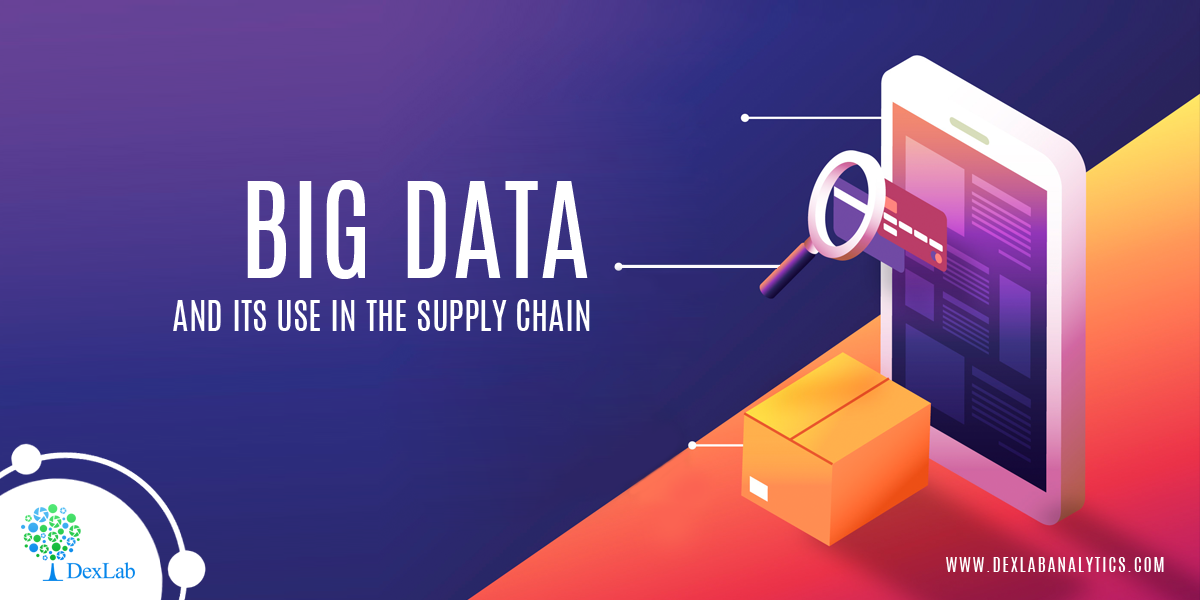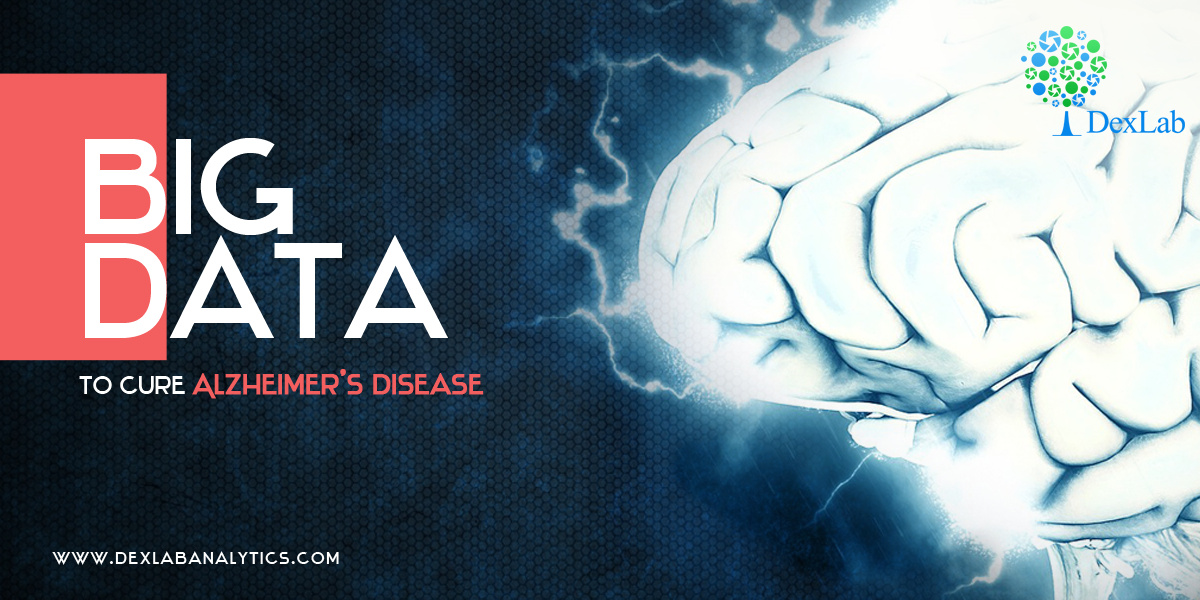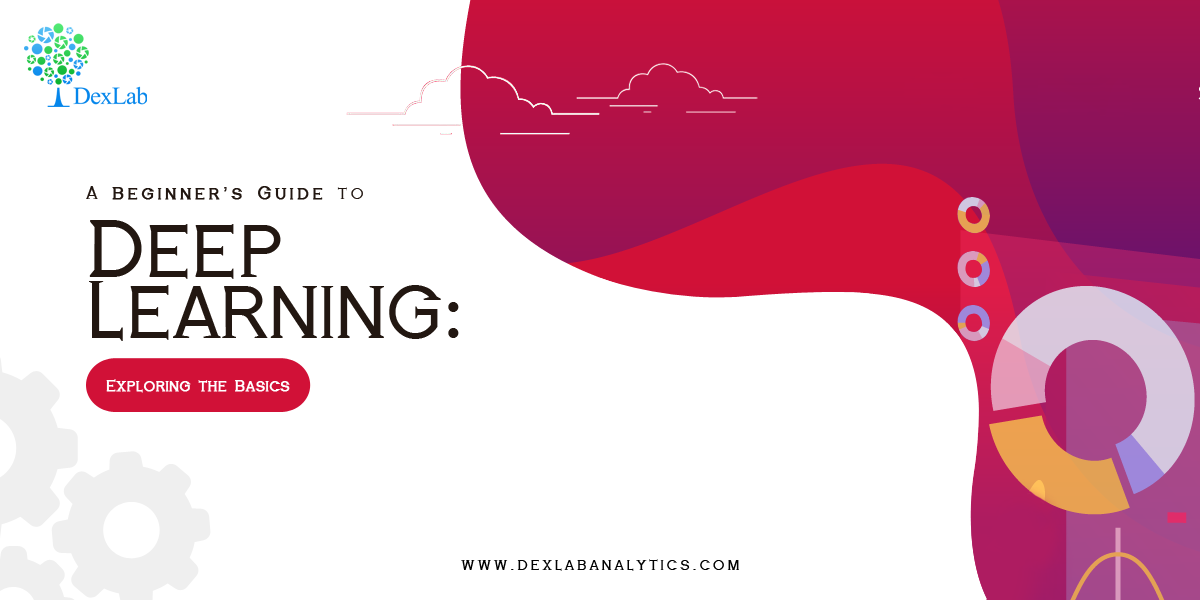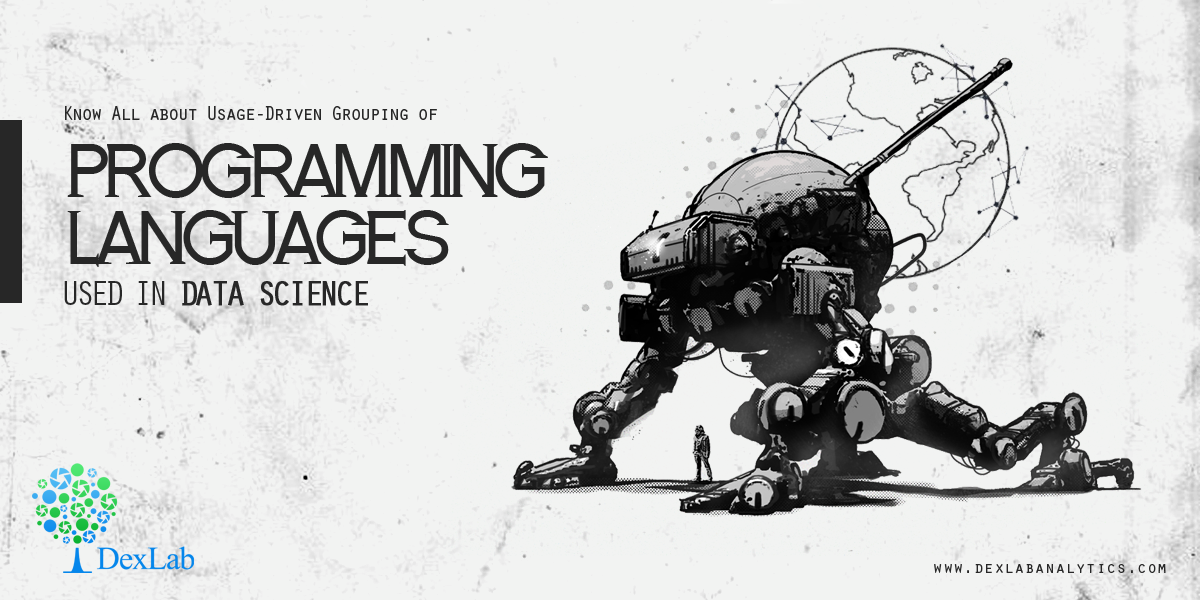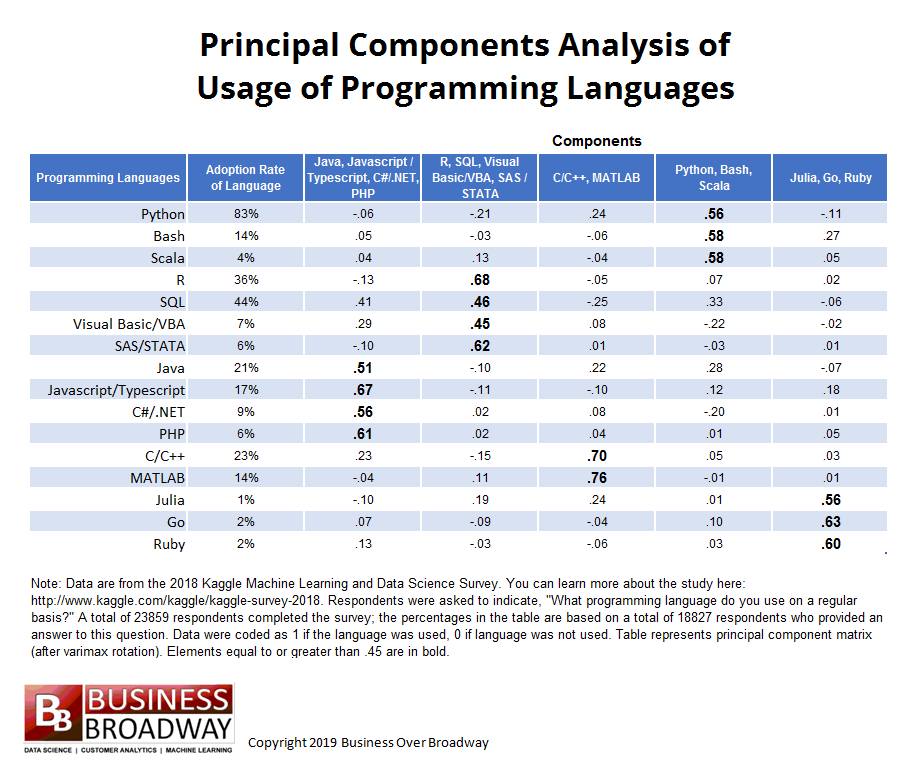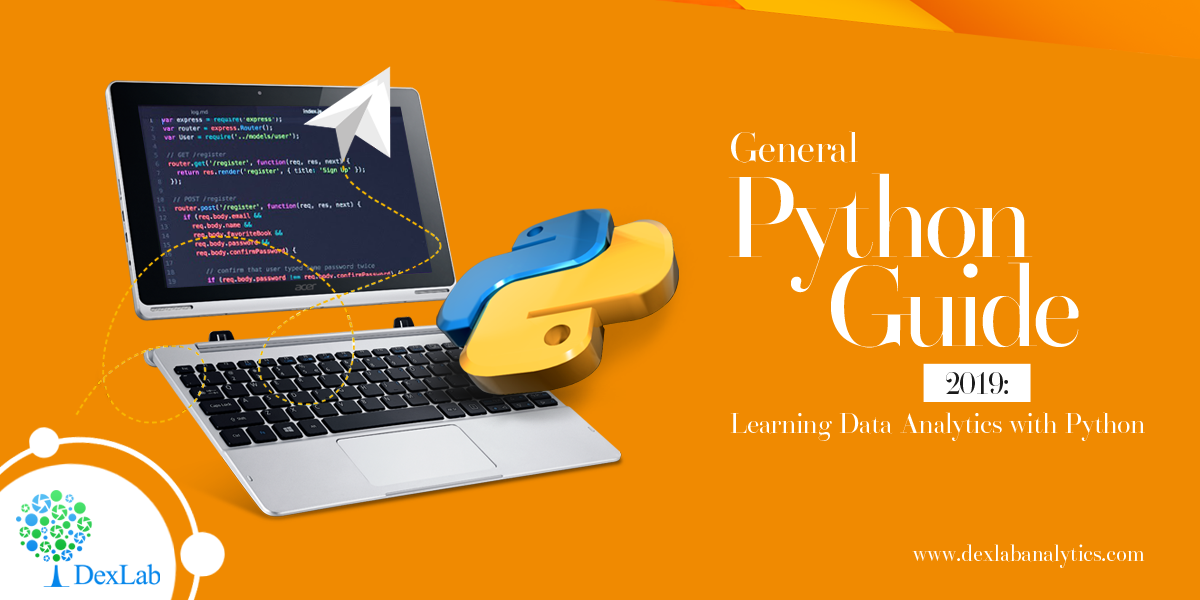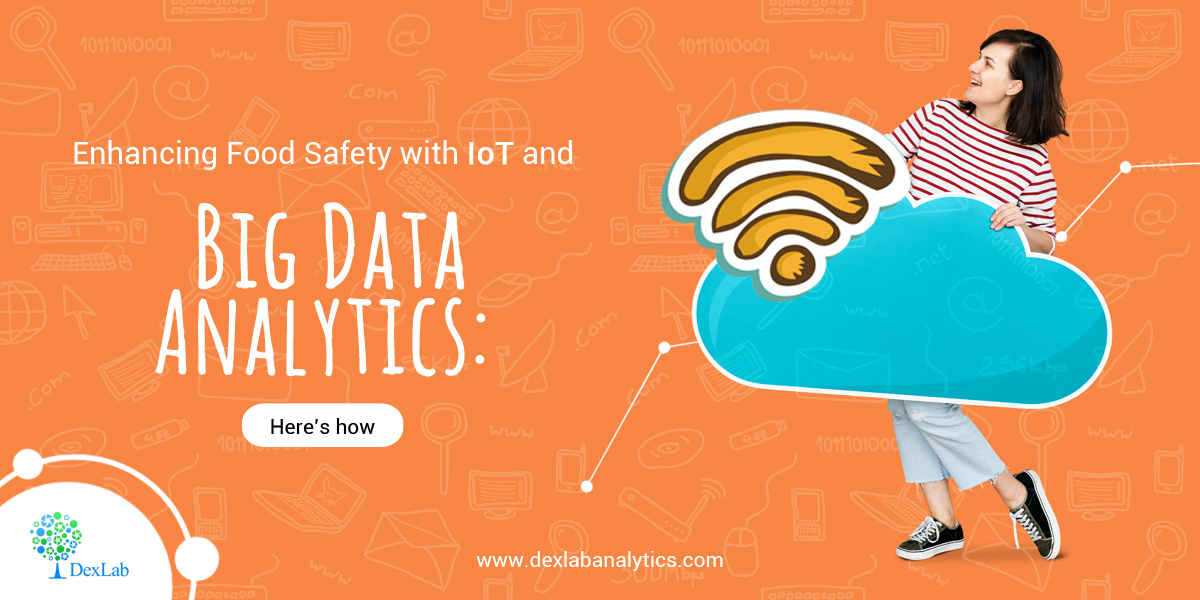
We’ve all gone through it – sudden publicity regarding a particular food item being ‘’unsafe and hazardous’’ that sends us rummaging through our kitchen to discard those products. But in this age where everything goes through multiple inspections, how do these errors happen?
The truth is tracking the source of contaminated food and isolating compromised items isn’t all that efficient. This is where big data analytics and IoT can play game-changing roles. These two revolutionary techs have disrupted many industries for good, and promise to positively transform the food sector too.
IoT for Tracing Shipments
IoT in the form of RFID tags and barcodes are popularly used in the food industry to track shipped food products from source till destination, ensuring retailers acquire the ordered products safely and fulfill consumer demand. However, recently advanced IoT sensors are being used to obtain more detailed information about food products being transported all over the world. These sensors can greatly enhance food safety – they have the capability of identifying minute dust particles and keeping track of environmental conditions like temperature. For example, these sensors can be used for monitoring temperature of frozen chicken being shipped between China and U.S., as above-freezing temperatures will jeopardize their safety. Some sensors even relay data in real-time, making sure optimal conditions affirmed by safety guidelines are always maintained.
IoT Helping Investigations
Human investigators aren’t always capable of detecting the source of contamination following the discovery of fouled food items. It isn’t humanly possible to locate all the touch points in our modern and highly complex food processes. But IoT technology, with its superior tracking and supervising capabilities, can assist these investigations by spotting the exact point where the contamination occurred.
Addition of Big Data
A side benefit of IoT is the addition of a great deal of data that lay unused in cyberspace. Once all this data is assembled and analyzed, it will help track failure points, identify patterns in food-safety failures and even predict the conditions that cause food spoilage in future.
Assistance for Cultivators
Using big data related to weather and analyzing historical patterns, many tech companies are recognizing potential natural disasters beforehand. This can hugely benefit crop producers. For example, certain environmental conditions can boost the growth of unwanted pests that makes the produce unsafe for consumption. This information can help take necessary preventive measures.
Genetic Indexing
With the help of big data, correlation between bacteria RNA and DNA can be identified, resulting in genetic indexing for particular foods. Firstly, with the help of this information, food inspectors can spot harmful bacteria in food items. After this, IoT can be employed to track down the source. Once the starting point has been identified, more data can be obtained from there about the conditions that foster bacterial growth, allowing such circumstances to be avoided in future.
Improving Storage Safety with IoT and Big Data
Infestation with rats and other unwanted animals is a common problem in food storage facilities. But real-time data coming from IoT sensors combined with historical data on infestations now enables storage units to improve their conditions and protect the environment from such infestations.
Together IoT and Big Data can Promote Better Collaboration
According to WHO estimates, food-borne illnesses affect approximately 600 million people worldwide, out of them around 420,000 people pass away. To improve this condition, everyone working in the food industry must work collaboratively. And the ability of access big data and take help of an advanced technology like IoT will greatly assist this collaboration.
Every industry is going through an overhaul because of big data. In today’s world, big data education offers great power to all professionals. That’s why you must consider the top-grade big data courses in Delhi. Practical-based courses are delivered by industry experts and each student is given individual attention based on his/her level – this is what makes DexLab Analytics a leading Big Data Hadoop institute in Delhi NCR.
Interested in a career in Data Analyst?
To learn more about Data Analyst with Advanced excel course – Enrol Now.
To learn more about Data Analyst with R Course – Enrol Now.
To learn more about Big Data Course – Enrol Now.To learn more about Machine Learning Using Python and Spark – Enrol Now.
To learn more about Data Analyst with SAS Course – Enrol Now.
To learn more about Data Analyst with Apache Spark Course – Enrol Now.
To learn more about Data Analyst with Market Risk Analytics and Modelling Course – Enrol Now.

